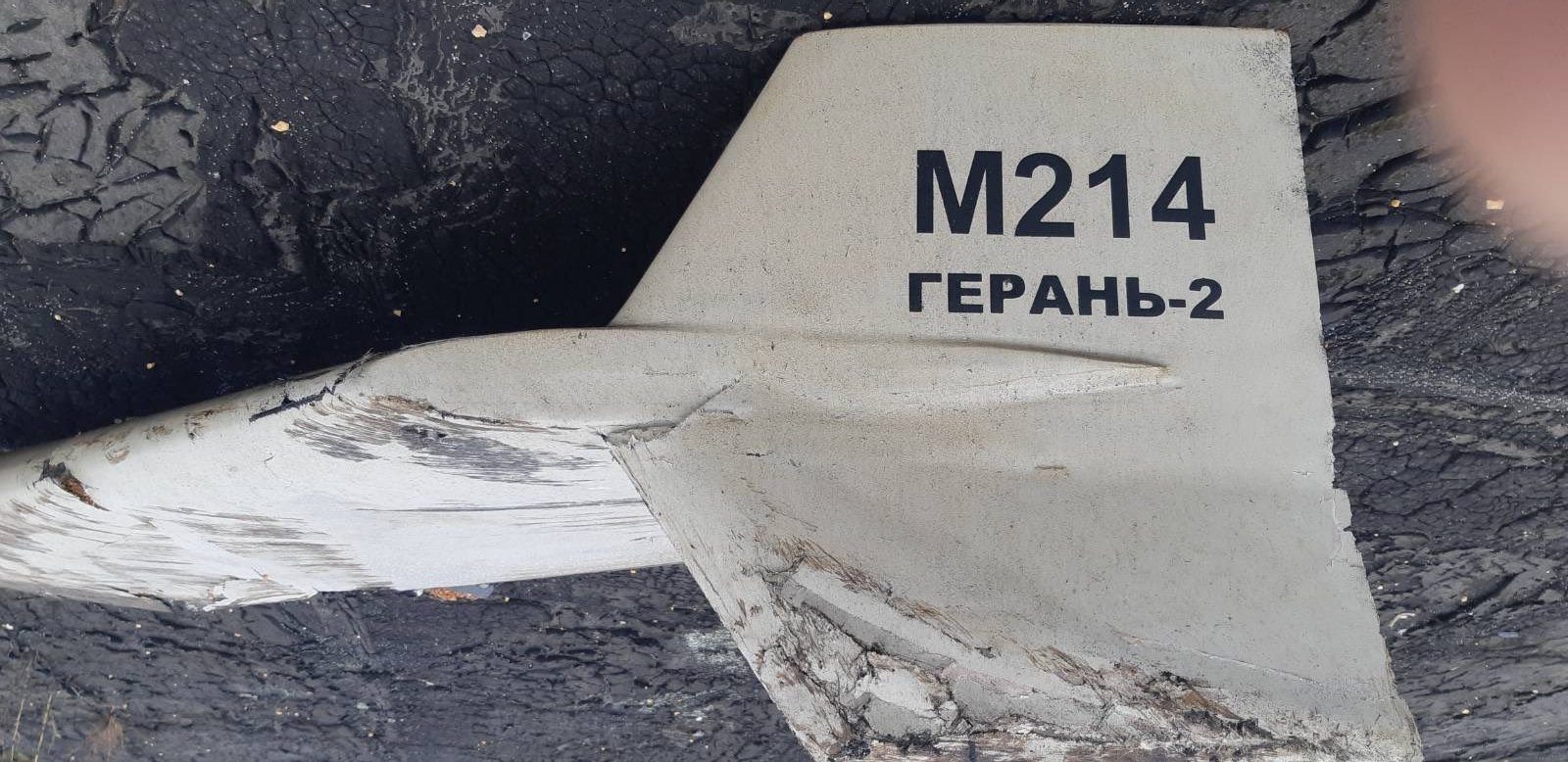When Russia started to deploy the Iranian Shahed-136 kamikaze drones against Ukraine, the latter was initially caught off-guard. However, the Ukrainian troops soon formed anti-drone groups guided by military lasers to combat the suicide drones.
Worse Than WWII Soviet Weapons! Ukrainian Soldiers ‘Lambast’ Another European System For Ineffective Performance
Rafale, Eurofighter Developers Close To ‘Seal The Deal’; Was French ‘Strategic Autonomy’ Hinderding The FCAS Program?
There have been reports that Russia stopped using Iranian drones due to their scarcity and freezing temperatures, and no such drone was spotted for the last two to three weeks. However, before Russia stopped deploying the suicide drones, more than 300 of them were shot down by Ukraine, according to its own estimates.
In a game plan that proved to be a massive success, the Armed Forces of Ukraine (AFU) formed small teams to hunt down kamikaze drones with the help of laser pointers.
Military-grade laser pointers are hand-held portable devices generally used for marking targets and have become a very intrinsic part of military training and engagement atmospheres.
However, in Ukraine, they are used by the troops to illuminate a hostile drone for the machine guns mounted on light vehicles or MANPADS to shoot it down, according to a report by The Washington Post.
It is noteworthy that small groups coordinate this entire effort. First, these anti-drone groups are alerted by volunteers about an approaching hostile drone and given the location coordinates to take action. Then, one member of the anti-drone unit uses a thermal sensor to locate the hostile drone.

Once it is spotted, a laser beam is used to illuminate it and direct others to open fire. This helps the other troops armed with rifles, machine guns, or MANPADS to shoot the drone down.
According to the report, “once a drone is illuminated, the barrages that follow can be so intense it is often hard to know which unit destroyed the drone.”
In general, every pocket has several of these units waiting for hostile drones to make an entry so it could be instantly shot down. The arrangement has proved very cost-effective as using MANPADS and machine guns is several times cheaper than using air defense systems to obliterate smaller aerial targets.
In November, the US military stated that a new military aid package for Ukraine would include “150 heavy machine guns with thermal imagery sights to counter Unmanned Aerial Systems,” without elaborating on the types of machine guns or thermal optics that would be installed on them.
As far as the MANPADS are concerned, the Ukrainian troops have been widely using Javelins, Stingers, and NLAWs for hunting down Russian aircraft over its airspace.
In the absence of modern air defense systems, this combat tactic has worked wonderfully well for the Ukrainian troops that were once overwhelmed by the kamikaze drone attacks.
Russian troops switched to deploying these suicide drones at night so they could accomplish their task undetected. However, the laser has changed the game.
The Rising Popularity Of Laser In Combat
Military-grade lasers are very widely accepted and adapted weapons by militaries worldwide. They are used to locate targets accurately but could also be used as a warning to hostile troops or aircraft.
For instance, the US Navy ships recently employed lasers against an Iranian Navy vessel that came dangerously close to them.
Military-grade laser beams, sometimes known as “dazzlers,” create a powerful beam of light that can travel enormous distances and can be used to temporarily blind pilots by illuminating aircraft cockpits. They could also be used to blind the drone camera, although the Shahed-136 doesn’t have any.
On multiple occasions, hostile militaries have used military-grade lasers to intimidate or blind the pilots of the opposing side. China’s use of military-grade lasers to blind the western pilots is a case in point, with PLA troops having shone laser beams on P-8 reconnaissance pilots on more occasions than one this year.
In the ongoing Russia-Ukraine conflict, there have been sporadic reports about the use of laser weapons. EurAsian Times had reported in May that Russia claimed to be using a new generation of powerful lasers to burn down enemy drones.
At the time, Ukraine had widely deployed TB2 Bayraktar drones against Moscow.
Unimpressed by these claims, Ukrainian President Zelensky had mocked Russia and said it was comparable to Nazi Germany’s so-called “wonder weapons” released in an attempt to avoid defeat during World War Two.
However, the use of lasers in combat is gaining traction among all advanced militaries, including the United States, Russia, China, and Israel. The US has developed several laser-beam weapons, while Israel has created a laser-based air defense system that can shoot down hostile drones with minimum cost.
As for Ukraine, lasers have proved to be a game changer in ways that would not have been anticipated in the warfare of the 21st century. Utilizing lasers combines several innovative tactical features. It instantly reaches its goal.
When a laser is launched, it makes no sound and is invisible (because the wavelength is too far away for humans to see) if the laser components employed do not produce a colored beam. Utilizing tactical advantages like silence, invisibility, and immediate impact could significantly favor attackers.
- Contact the author at sakshi.tiwari9555 (at) gmail.com
- Follow EurAsian Times on Google News